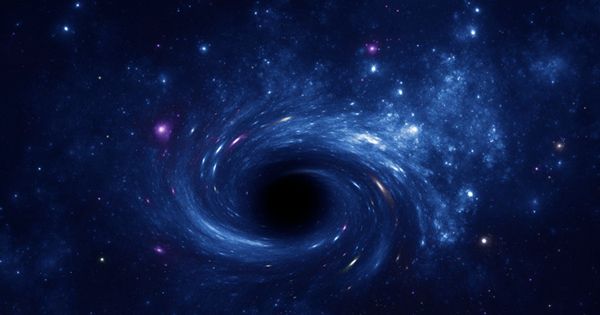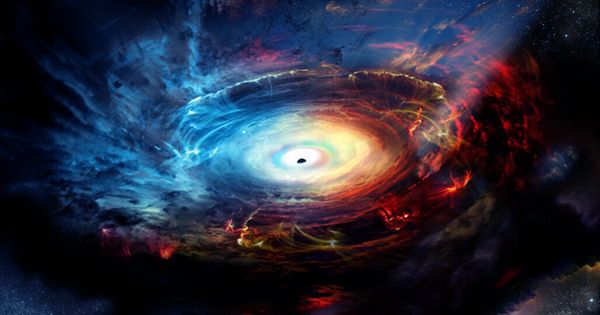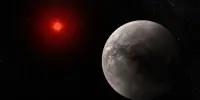Leo I is one of a group of tiny galaxies that circle the Milky Way, although it is far from common even among them. A supermassive black hole similar in mass to the Milky Way’s own supermassive black hole, Sagittarius A*, seems to be at the heart of this tiny galaxy.
Our Sun’s mass is predicted to be 4.15 million times that of Sagittarius A*. Although a massive object, it pales in comparison to the Milky Way’s mass of one trillion solar masses. Leo I is a dwarf spheroidal galaxy far smaller than the Milky Way, yet its supermassive black hole looks to weigh nearly 3 million times our Sun, according to research published in The Astrophysical Journal.
In a statement, lead scientist Dr. Mara José Bustamante remarked, “There is no explanation for this form of a black hole in dwarf spheroidal galaxies.” The researchers did not set out to find a supermassive black hole, let alone one that may be enormous in comparison to its host galaxy’s mass. Astronomers are interested in Leo I because it appears to contain very little dark matter; a theoretically unseen element that keeps galaxies healthy. The scientists took extensive measurements of how the stars in this small galaxy move and attempted to predict the dark matter distribution, but the model revealed a very different picture.

“The models say you need a black hole at the core; you don’t actually need a lot of dark matter,” said co-author Karl Gebhardt of the University of Texas in Austin. “You have a tiny galaxy colliding with the Milky Way, and its black hole is roughly the same size as the Milky Way’s. The mass-to-weight ratio is enormous. The Milky Way is the most prominent galaxy; the Leo I black hole is practically on par.”
While further observations needed fully comprehend this galaxy, the team believes that this discovery explains the development of supermassive black holes in big galaxies. Galaxies, like their supermassive black holes, expand and change through mergers. The occurrence of enormous supermassive black holes in tiny galaxies may explain why supermassive black holes in galaxies bigger and heavier than the Milky Way are so huge.
“If Leo I’s black hole has a large mass, this might explain how black holes form in huge galaxies,” says the researcher, “Gebhardt said.”This is because, as tiny galaxies like Leo I collide with larger galaxies, the smaller galaxy’s black hole combines with the larger galaxy’s, increasing the mass of the larger galaxy.” The team wants to analyze the dark matter profiles and supermassive black holes of many more tiny galaxies in the Milky Way’s vicinity.














